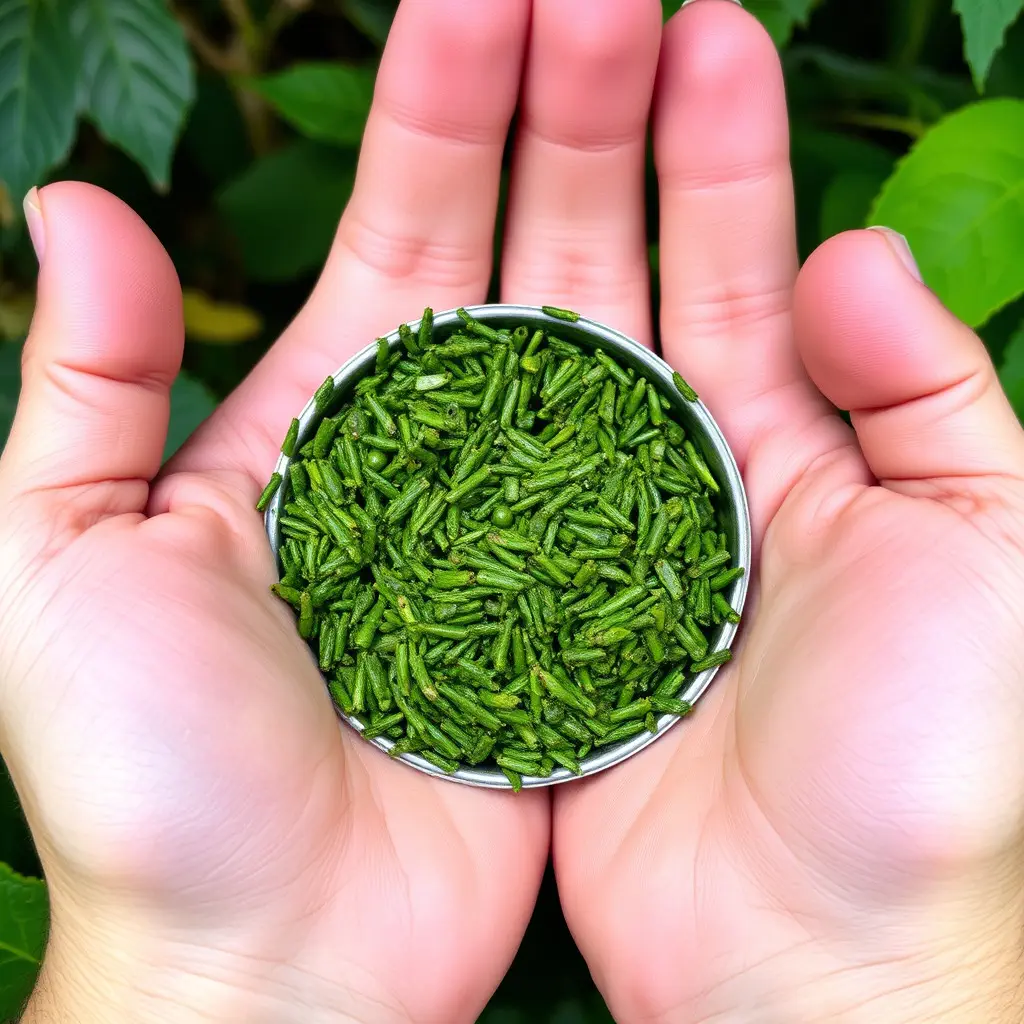Kratom, from the plant Mitragyna speciosa, is a natural alternative for managing chronic pain, offering analgesic effects without traditional medication's side effects. Studies show its effectiveness in treating conditions like arthritis, fibromyalgia, and neuropathic pain. However, individual responses vary, making proper dosage, strain selection, and consultation with healthcare professionals crucial for safe and effective kratom therapy in chronic pain management.
Kratom, derived from the dried leaves of the Mitragyna speciosa tree, has gained attention as a potential natural alternative for managing chronic pain. This article delves into how understanding its effects can reduce the reliance on prescription painkillers or other medications. We explore non-pharmaceutical pain relief options and discuss safe use practices alongside potential risks associated with kratom for chronic pain management.
- Understanding Kratom and Its Effects on Chronic Pain
- Exploring Non-Pharmaceutical Pain Relief Options
- Safe Use and Potential Risks of Kratom for Chronic Pain Management
Understanding Kratom and Its Effects on Chronic Pain

Kratom, derived from the tropical tree Mitragyna speciosa, has gained attention as a potential aid in chronic pain management. Often used for its opioid-like effects, kratom interacts with certain receptors in the brain and nervous system to produce analgesic (pain-relieving) properties. Unlike traditional prescription painkillers, kratom offers a natural alternative that may provide relief without some of the adverse side effects associated with long-term use of pharmaceutical interventions.
Studies have shown that kratom can effectively reduce feelings of pain in individuals suffering from chronic conditions such as arthritis, fibromyalgia, and neuropathic pain. Its ability to balance mood and reduce anxiety, alongside its analgesic properties, makes it a compelling option for those seeking alternative solutions to manage their pain. However, it’s crucial to approach kratom use with caution, as individual responses can vary, and proper dosage and strain selection are essential for optimal results while minimizing potential risks.
Exploring Non-Pharmaceutical Pain Relief Options

Chronic pain is a complex condition that often requires a multifaceted approach to effective management. While prescription painkillers can be essential tools, exploring non-pharmaceutical options like Kratom may offer an alternative or complementary solution for some individuals. Kratom, derived from the tropical plant Mitragyna speciosa, has gained attention for its potential in chronic pain relief. Its unique chemical composition interacts with opioid receptors in the brain and body, providing analgesic effects without the addictive properties often associated with traditional opioids.
This natural herb offers a promising avenue for those seeking to reduce their reliance on prescription medications. Studies suggest that Kratom’s ability to modulate pain perception can be beneficial for managing chronic conditions such as fibromyalgia, arthritis, and nerve pain. As with any alternative therapy, it is crucial to consult healthcare professionals before incorporating Kratom into a pain management regimen, ensuring dosage and safety guidelines are followed.
Safe Use and Potential Risks of Kratom for Chronic Pain Management

Kratom, derived from the tropical plant Mitragyna speciosa, has gained attention as an alternative option for chronic pain management. When used safely and under professional guidance, kratom can potentially reduce reliance on prescription painkillers. However, it’s crucial to understand its risks. Improper or excessive use of kratom can lead to adverse effects such as dependence, anxiety, and insomnia. Additionally, there is limited scientific research on its long-term effects, especially in those with pre-existing medical conditions.
For chronic pain management, kratom is typically consumed in controlled doses, often as teas or capsules. It interacts with opioid receptors in the brain, offering analgesic (pain-relieving) properties. However, this mechanism also highlights the risk of abuse and addiction. It’s essential for individuals considering kratom to consult healthcare professionals who can provide personalized guidance based on their medical history and current medications.
Kratom emerges as a promising non-pharmaceutical option for managing chronic pain, potentially reducing reliance on prescription medications. By understanding its effects, practicing safe use, and recognizing its limits, individuals can harness the benefits of kratom while mitigating risks. Further research is needed to fully explore its potential in chronic pain management, but initial findings suggest it could be a game-changer for many suffering from this condition.






